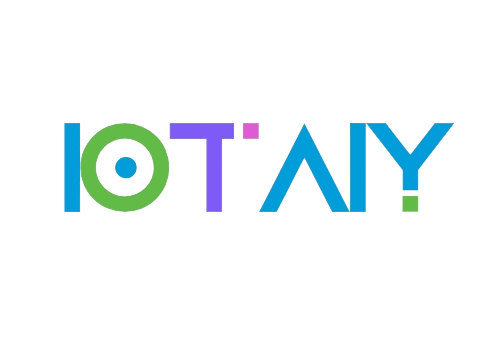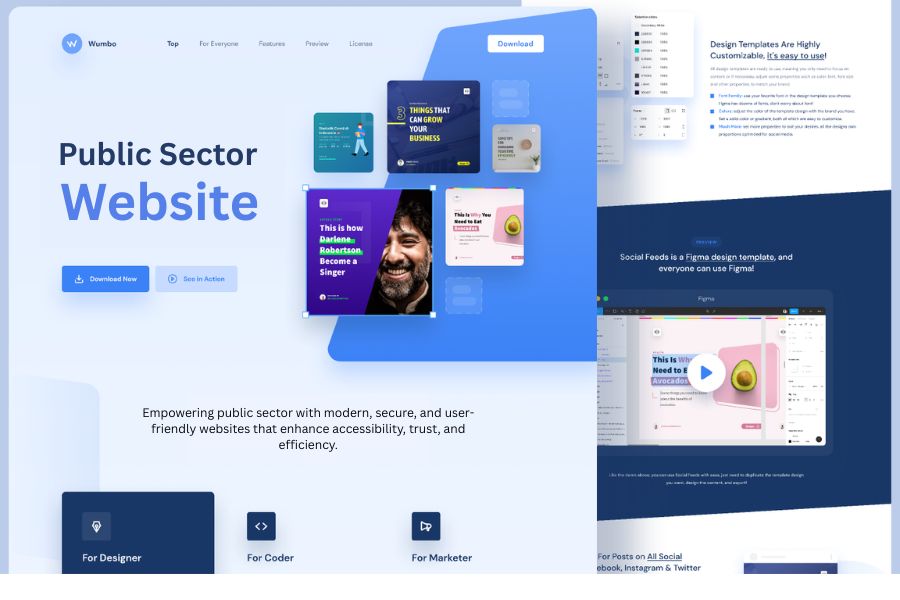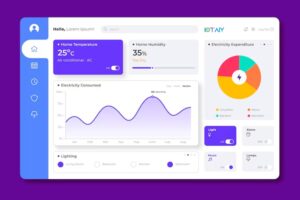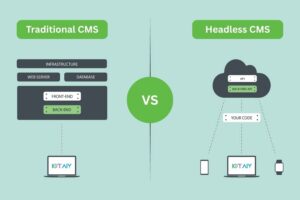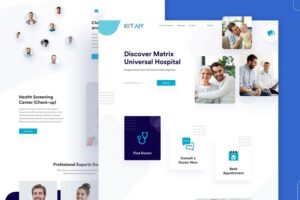Let’s get real. The era when government websites were essentially bulletin boards for public notices is over. Today, citizens demand better, a lot better. They want to be able to renew their licenses online, report potholes before they even have their morning coffee, and access community updates without navigating ten perplexing menus.
A public-sector website no longer is simply a virtual presence; it is a tool of public service. And when executed correctly, it can simplify life not only for citizens but for the individuals operating the system behind the screens.
Why the Public Sector Needs Websites That Actually Work
Think about the last time you tried to find a local permit form or check a tax deadline online. Did the page load instantly, or did you stare at a spinning circle that felt eternal?
That difference between frustration and satisfaction is what modern design solves.
Today’s citizens demand digital experiences that are natural:
-
Quick
-
Mobile responsive
-
Easy to understand
But far too many government websites are trapped in the past.
-
Dated code
-
Unwieldy navigation
-
Slow load times
Ring a bell?
A contemporary website is not about glitzy visuals; it’s about function, credibility, and usability. When it’s simple to access information, citizens feel valued. When pages are quick to load, they feel appreciated. It’s a little thing, but more important than most agencies acknowledge.
What Modern Public Sites Should Really Have
Let’s discuss what does work — and what citizens quietly hope every government website would have.
-
Responsive, mobile-first designs so individuals can use services on any device — even a park bench with terrible Wi-Fi.
-
Simple language and straightforward menus because nobody has time to translate bureaucratic double-speak.
-
Accessibility for everyone, including those with disabilities, to standards like Section 508.
-
Solid security architecture because public sites deal with sensitive data on a daily basis.
-
Flexible content management systems that simplify updates without reaching IT every five minutes.
-
Decision-making from analytics that indicates what people actually use and what can be enhanced.
-
Self-service portals for activities such as bill payments or getting permits — quick, secure, and hassle-free.
A government website should be as welcoming as your local friendly clerk, not a closed office door.
The Payoff – Why It’s Worth the Effort
The payoff? It’s surprisingly real.
-
Happier citizens who actually trust their local institutions.
-
Less phone calls and in-office visits for staff (yes, everyone wins).
-
Better transparency through clear design and well-structured data.
-
Quicker performance and quicker maintenance for IT teams.
It’s not about appearing modern, it’s about operating smarter.
So, How Do You Get There?
Here’s a quick, no-fluff guide to modernizing your agency’s digital front door:
1. Audit and Assess
Begin with reality. What’s working and what’s not? Check the analytics, ask users for input, and determine where visitors fall off.
2. Define Clear Objectives
What do citizens really need from your site? Perhaps it’s paying bills or providing community feedback. Determine the top five user goals.
3. Build Around People, Not Departments
Organize your site for real-world activities, not staff organizational charts. It’s not “Division A” or “Committee B” — it’s about what the citizen must accomplish.
4. Design and Build with Care
Pay attention to usability, mobile-first performance, and safe hosting. Include easy-to-use forms, intuitive structure, and tools that people can use without a guidebook.
5. Test, Launch, Iterate
Conduct real-world usability testing. Observe how users behave. Correct what puzzles them. Then launch, measure, and refine.
6. Keep Like You Mean It
Websites are not static things. Update content frequently, plug security holes, and check for accessibility. A neglected site gets older in a hurry.
Read Also: Benefits of Custom Website Design for Small Businesses
Real Examples That Prove It Works
-
A Wyoming town launched an online reservation system for city parks. Weekend calls plummeted 40% overnight. Employees could concentrate on service, not on scheduling.
-
A state agency replaced an old Dreamweaver installation with a contemporary CMS. Result? Content updates that took days to execute are now done in minutes — and site speed is up 25%.
-
In a second county, the homepage was simplified to five buttons only: Pay My Bill, Apply for Permit, Report an Issue, Find My Services, News & Alerts. Clean. Clear. Fast. Instant feedback: everyone loved it.
Common Challenges (and How to Handle Them)
Let’s be realistic, this isn’t all sunshine and smooth sailing.
-
Legacy systems are recalcitrant, and departments do not always cooperate.
-
Budgets get tight, even when everyone agrees the upgrade is necessary.
-
Proving impact takes effort — you’ll need data and patience.
-
Security and privacy are ongoing battles, not one-time fixes.
But here’s the thing: every step forward pays off. Citizens notice when government sites feel like they were built for them.
Why Working with a Specialist Makes Sense
Public web projects in the public sector aren’t your run-of-the-mill “build me a website” projects. They require experience, security considerations, and compassion.
An experienced partner can assist you:
-
To create accessible, inclusive, and user-friendly platforms.
-
To implement CMS systems that non-technical teams can handle.
-
To design scalable infrastructure that responds to emerging needs.
-
To monitor and analyze user activity to continuously improve.
-
To balance technology with compliance and public trust.
In short, you require a team that understands both sides — people and tech.
Final Thoughts
Good modern website design is not merely about making something “look good.” It is about establishing an environment in which trust, accessibility, and transparency intersect.
When a resident is able to pay a bill during lunch or monitor a service request from a cell phone, that isn’t convenience, it is empowerment.
For public agencies willing to take the leap, the way is clear: begin small, remain human, and continually improve. The technology exists, the need is building, and the moment is now.
Your website is not simply a digital presence, it’s your community’s front door. Ensure it’s open, inviting, and accessible. Reach to IOTAIY LLC for stunning website for your sector.
